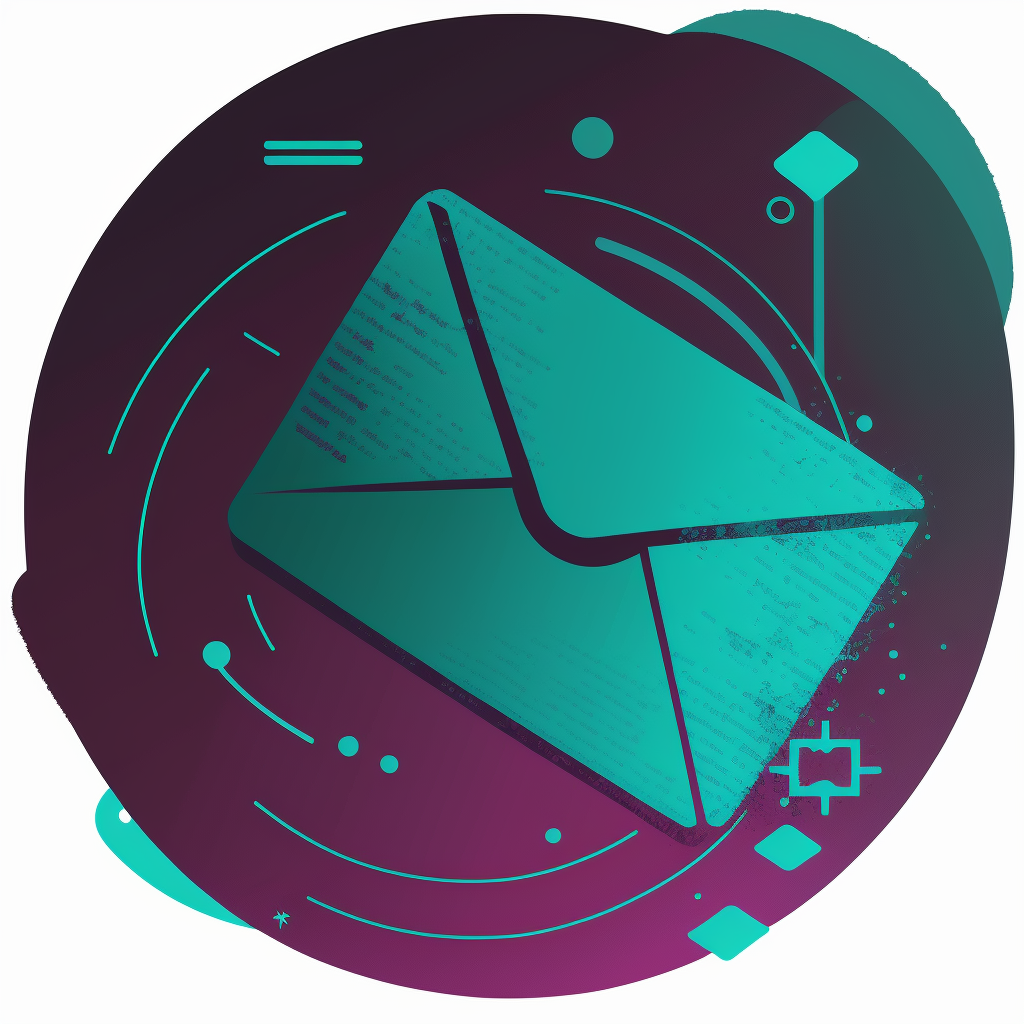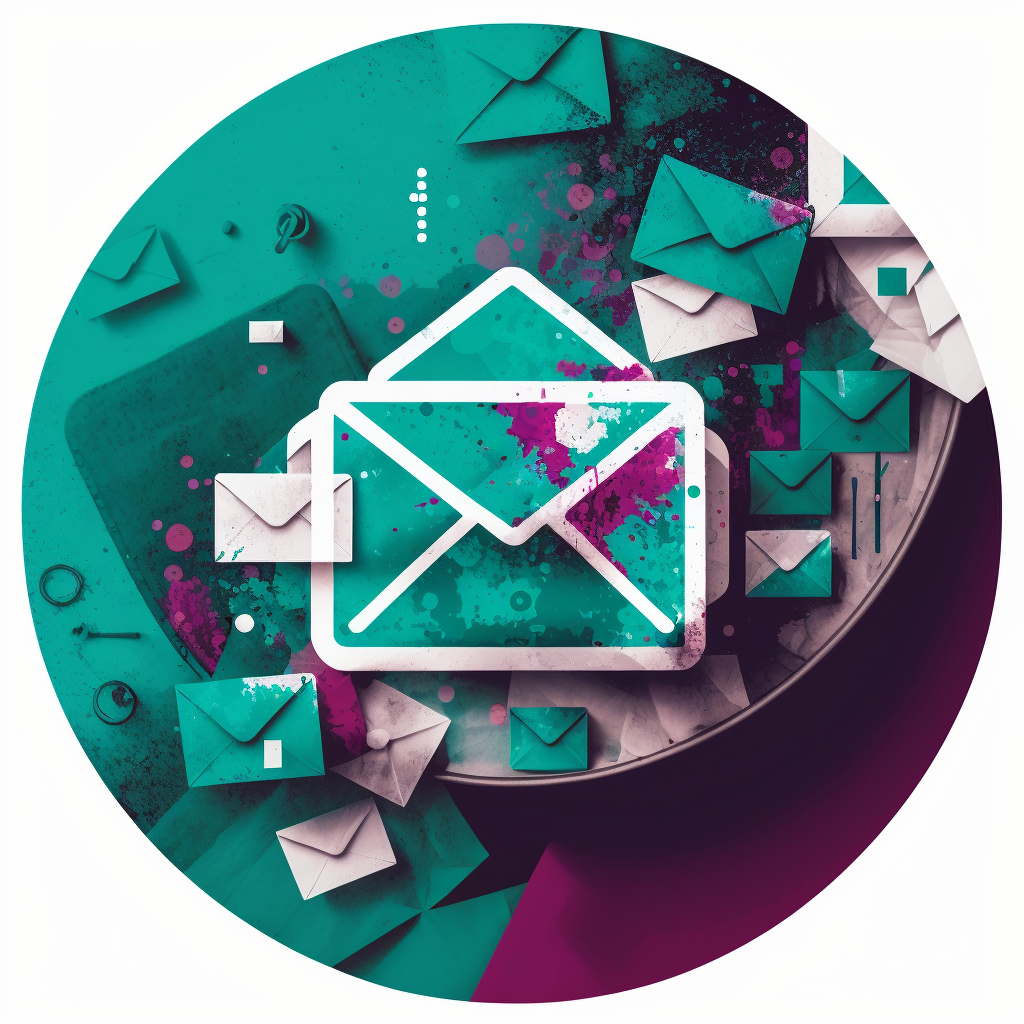Email marketing remains a vital component of a successful digital marketing strategy. With the advent of artificial intelligence (AI), email marketing has become more efficient, personalized, and targeted than ever before. In today’s article, we’ll explore how AI can help you craft the perfect subject line, segment your audience, and identify the optimal time to send your email campaigns. By automating these tasks, marketers can improve open rates, click-through rates, and overall campaign performance.
Crafting the Perfect Subject Line
Language Generation Models
AI-powered language generation models, like GPT-4, can create compelling subject lines that grab the attention of your recipients. These models analyze vast amounts of data, including your previous email campaigns, to understand what works and what doesn’t. By learning from this data, AI can generate subject lines that resonate with your audience, increasing the likelihood of them opening your email.
Personalization
Personalization is key to crafting subject lines that resonate with individual subscribers. AI can analyze data about your subscribers, such as their purchase history, demographics, and online behavior, to generate personalized subject lines tailored to their interests. This approach increases the relevance of your emails and encourages recipients to engage with your content.
Audience Segmentation
Analyzing Customer Data
AI can help you segment your audience by analyzing customer data and identifying patterns that may not be immediately apparent. This includes information like browsing behavior, purchase history, and engagement with previous email campaigns. By using AI to analyze this data, you can create more targeted email campaigns that cater to specific groups within your audience.
Targeted Campaigns
Targeted campaigns are more effective because they address the unique needs and preferences of different audience segments. AI can help you identify these segments and develop tailored content that speaks directly to their interests. This level of personalization leads to higher engagement rates, ultimately improving your email marketing ROI.

Identifying the Optimal Time to Send
Machine Learning Algorithms
AI-powered machine learning algorithms can analyze historical engagement data to identify the best times to send emails for each subscriber. These algorithms take into account factors like open and click-through rates, as well as individual subscriber behavior, to determine the optimal time for maximum engagement.
Time Zone Considerations
AI can also help you manage the challenge of sending emails across multiple time zones. By analyzing the geographical locations of your subscribers, AI can automatically schedule emails to be sent at the optimal time for each recipient, ensuring that your message arrives in their inbox at the most opportune moment.
Automating Tasks with AI
Open Rates and Click-Through Rates
By automating the process of crafting subject lines, segmenting audiences, and identifying optimal send times, AI can significantly
[We prompted ChatGPT to continue writing]
improve open rates and click-through rates for your email campaigns. AI-driven personalization and targeting ensure that your emails are relevant and engaging, leading to higher overall engagement.
Reducing Manual Work
AI automation reduces the manual work involved in email marketing, freeing up time and resources for marketers to focus on other aspects of their digital marketing strategy. This streamlined approach allows you to create and manage more effective email campaigns without getting bogged down in time-consuming tasks.
Overall Campaign Performance
Analytics and Insights
AI-powered analytics provide valuable insights into your email marketing performance. By analyzing data from your campaigns, AI can identify trends and patterns, helping you understand what works and what needs improvement. This information enables you to make data-driven decisions, optimizing your campaigns for better results.
Continuous Improvement
As AI continues to learn and evolve, so too will your email marketing strategy. The more data that AI processes, the better it becomes at understanding your audience and delivering personalized, targeted content. This continuous improvement allows you to stay ahead of the curve, ensuring that your email marketing efforts remain relevant and effective.
Conclusion
AI has revolutionized email marketing by providing powerful tools for crafting compelling subject lines, segmenting audiences, and identifying the optimal time to send email campaigns. By automating these tasks, marketers can improve open rates, click-through rates, and overall campaign performance, while also reducing manual work. With AI-driven analytics and insights, you can make data-driven decisions and continuously improve your email marketing strategy for better results.

FAQs
How does AI help create better subject lines for email campaigns?
- AI-powered language generation models, like GPT-4, analyze vast amounts of data, including previous email campaigns, to generate subject lines that resonate with your audience and increase open rates.
How can AI improve audience segmentation?
- AI analyzes customer data to identify patterns and segment your audience into specific groups. This allows you to create more targeted email campaigns that cater to the unique needs and preferences of different audience segments.
What role does AI play in determining the optimal time to send emails?
- AI-powered machine learning algorithms analyze historical engagement data and individual subscriber behavior to identify the best times to send emails for each subscriber, maximizing engagement.
How does AI help improve open rates and click-through rates for email campaigns?
- By automating tasks like crafting subject lines, segmenting audiences, and identifying optimal send times, AI-driven personalization and targeting ensure that your emails are relevant and engaging, leading to higher open rates and click-through rates.
How does AI contribute to continuous improvement in email marketing?
- As AI processes more data and learns from it, it becomes better at understanding your audience and delivering personalized, targeted content. This continuous improvement allows you to optimize your email marketing strategy for better results over time.
[We prompted ChatGPT to list 5 AI tools that help with the functions described above]
- Phrasee: Phrasee is an AI-driven tool that specializes in generating human-like, engaging subject lines for email campaigns. It uses natural language processing and deep learning algorithms to create subject lines that resonate with your audience, leading to higher open rates.
- Optimail: Optimail is an AI-powered email marketing platform that focuses on audience segmentation and personalization. It analyzes customer data and behavior to create highly targeted email campaigns tailored to each recipient’s interests and preferences, resulting in higher engagement rates.
- Sendinblue: Sendinblue is an email marketing service that leverages AI to determine the optimal time to send emails for each subscriber. By analyzing historical engagement data and individual subscriber behavior, it calculates the best time to send emails for maximum engagement, taking into account factors like time zones and user preferences.
- Seventh Sense: Seventh Sense is an AI-powered email marketing tool that specializes in send-time optimization and engagement analytics. It uses machine learning algorithms to analyze historical email performance data and identify patterns, helping marketers understand what works and what needs improvement in their email campaigns.
- Ometria: Ometria is a customer data platform that uses AI to provide insights into customer behavior, enabling better audience segmentation and personalization for email marketing. By analyzing customer data, such as purchase history and browsing behavior, it helps marketers create targeted email campaigns that resonate with different audience segments.
These AI tools work together to improve various aspects of email marketing, such as crafting compelling subject lines, segmenting audiences, and identifying the optimal time to send emails, ultimately leading to improved campaign performance.

